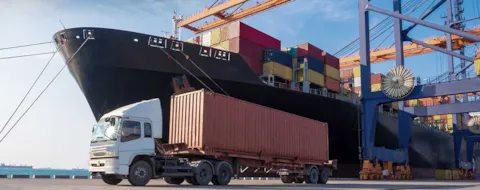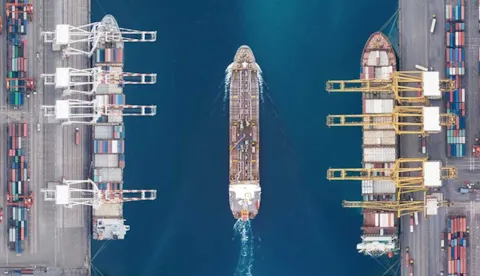CARGO OWNERS AND CONSUMERS
GHG reduction targets from cargo owners are set to impact shipping.
Cargo owners are increasingly facing customer and investor expectations to decarbonize their operations. This is taking place at every stage of the supply chain, all the way to the public.
In response, many cargo owners have announced that they are building decarbonization targets into their business strategy. Some are aiming for carbon-neutral or carbon-positive impact by 2040, or even by 2030.
This is leading to increased expectations on the shipping industry to be more transparent, as part of increased GHG emissions reporting requirements throughout the supply chain.
To also reduce emissions, cargo owners are engaging directly with their contracted shipping companies to ensure that all known energy efficiency measures are identified and implemented. Some are even joining with shipping companies to implement new technologies onboard, such as Wind-Assisted Propulsion Systems (WAPS).
Beyond improving energy efficiency, there is a great need to build up fuel infrastructure for the new zero and low emission fuels. Here cargo owners are engaging in building up demand by utilizing carbon insetting schemes, where a shipping company is blending in for example a biofuel where it is convenient in their fleet, and then allocating the savings to that particular cargo owner.
In some industry segments, there is a clear green premium for low or zero emission products. One such example is green steel. Here, cargo owners will find that emissions from the ship supply chain can be drastically reduced at a comparably low cost.



